It also helps to be completely aware what your "editor" is actually doing on your behalf. Here are just a few possible tasks:
- Commenting on and making suggestions on the plot, structure and layout of your book;
- Commenting on the accuracy or otherwise of content, including continuity and the credibility of characters;
- Commenting on the writing per se – style, grammar, punctuation, rhythm and so on;
- Proofreading the finished product. Surprisingly, it's easier to proofread if you're not interested in the book – it's utterly impossible to proofread your own work.
What I'm not so sure about is that any editor is better than none at all. There are some pretty dodgy editors out there, especially if the author/publisher and editor live on opposite sides of the Atlantic. We used one who came recommended, but although I've no doubt she was excellent for American authors, we felt she didn't really have a grasp of the subject from a UK perspective – and her usage of English didn't fit with ours, either.
On which point, if any editor ever quotes the Chicago Style Manual at you, terminate their contract immediately. First of all, the Chicago is very much the definitive American English guide, not the UK one. In any case, any editor who actually has to look anything up doesn't have a proper feel for their language.
http://www.irishtimes.com/culture/books/should-i-get-book-i-plan-to-self-publish-professionally-edited-1.2879411
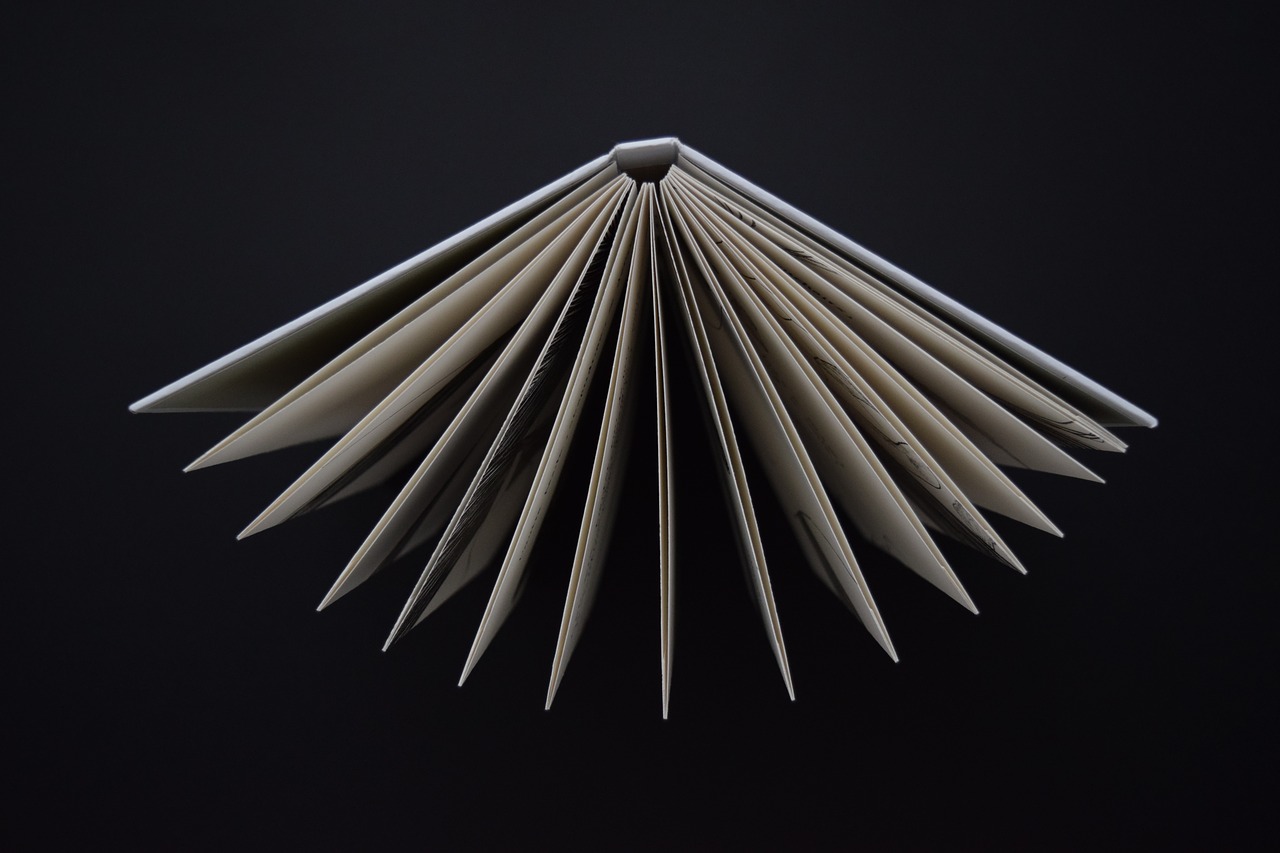


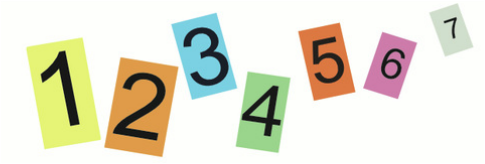


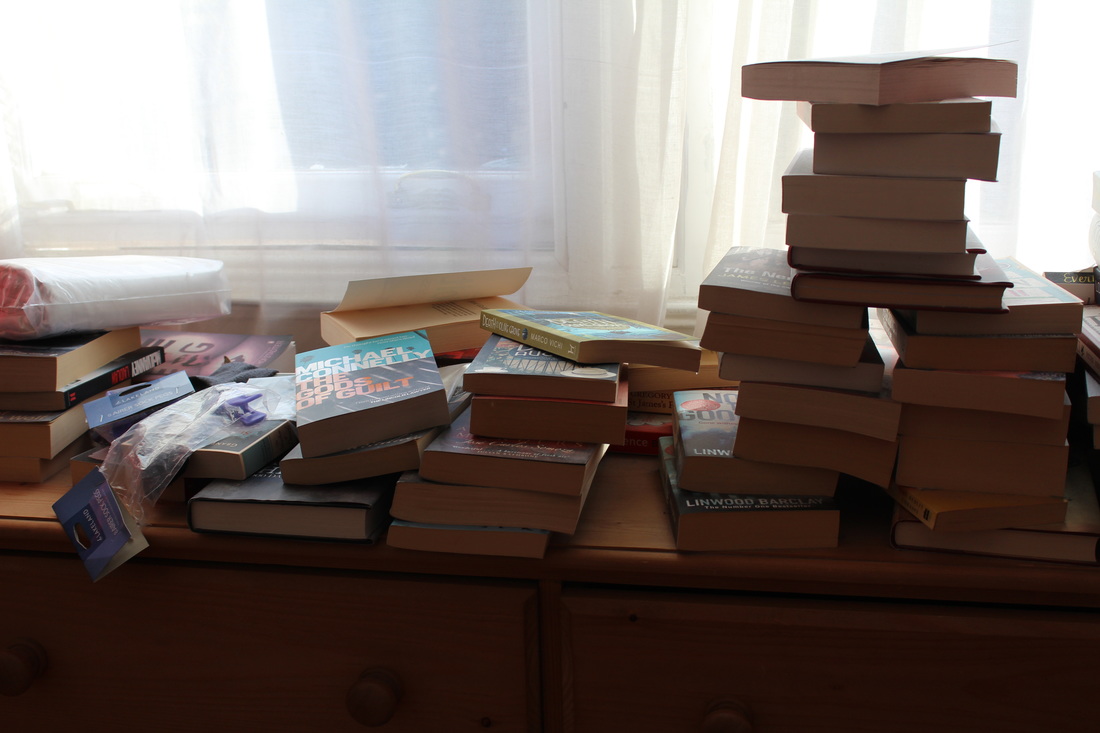
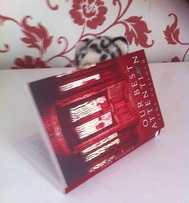
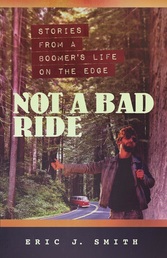
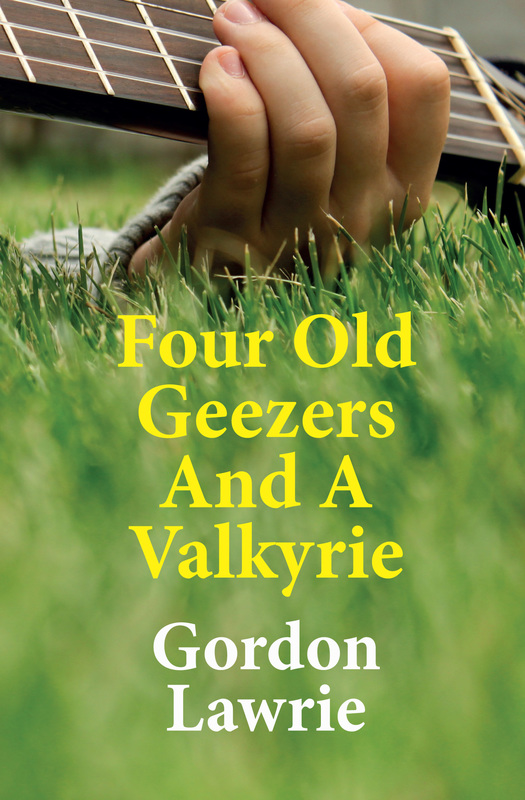
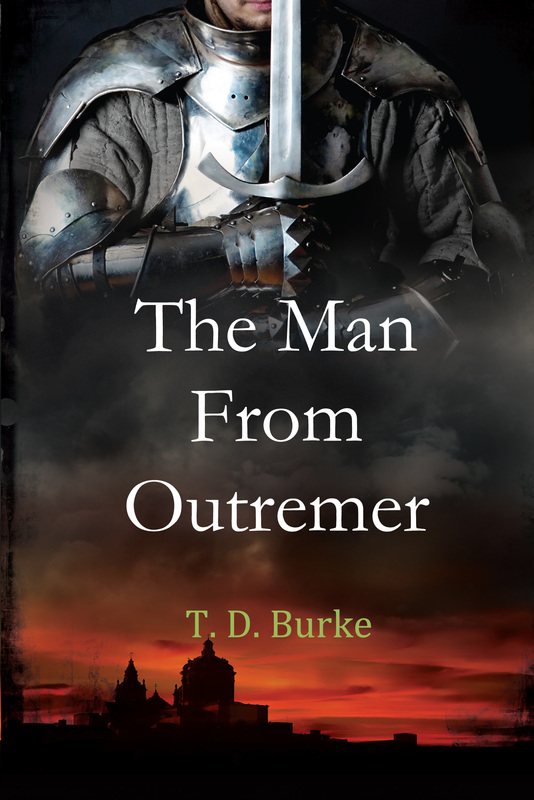
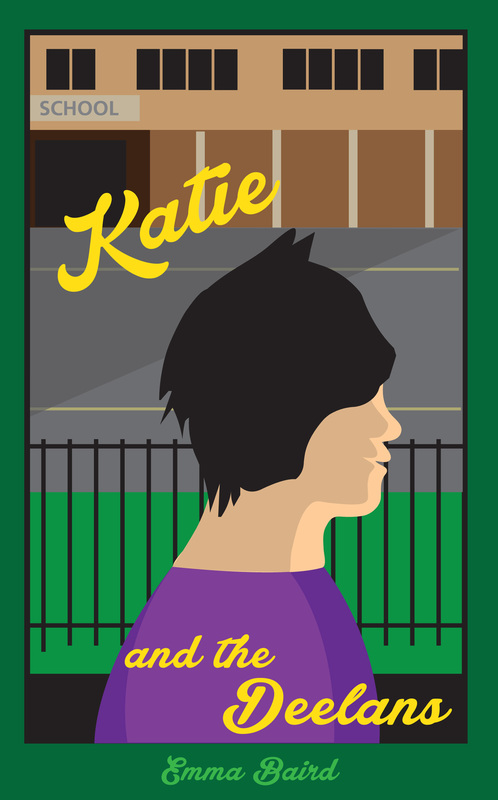
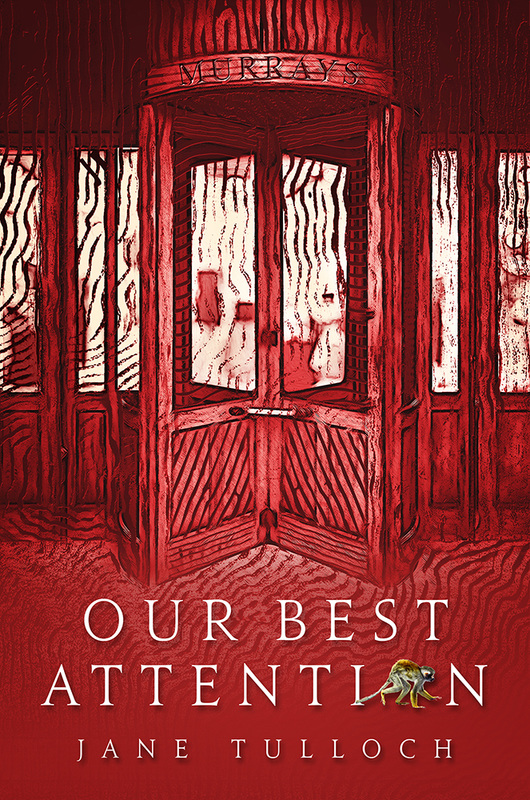
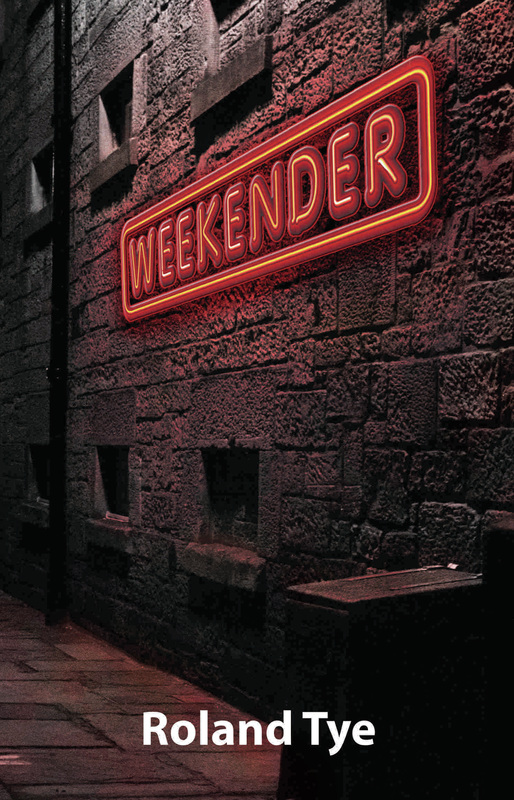

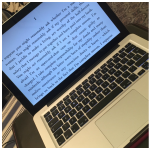
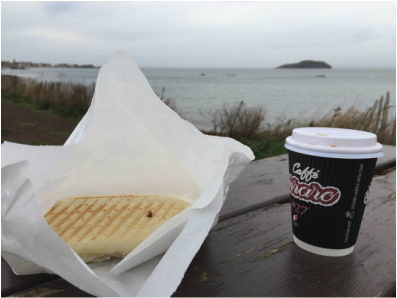
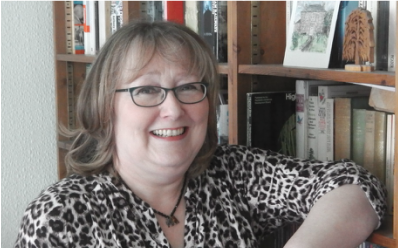
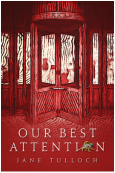
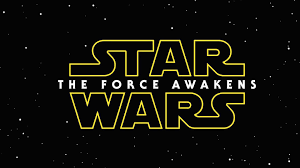
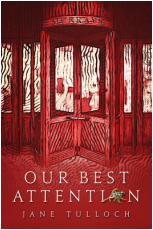





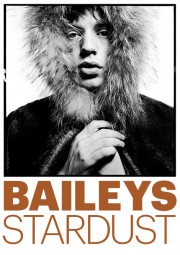

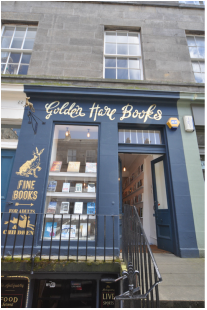
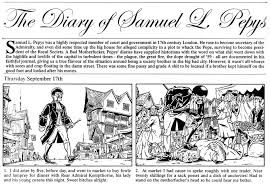
 RSS Feed
RSS Feed
